While photographs capture the sights of our travels and recordings, preserve the sounds, the fragrance remains the most powerful yet elusive sensory souvenir. Certain scents have the remarkable ability to trigger vivid memories years later—a phenomenon backed by science, as our olfactory bulb connects directly to the brain’s memory and emotion centers. Around the world, there are destinations where distinctive aromas create such powerful impressions that they become forever linked with the experience of being there.
Here is a list of 15 places where extraordinary fragrances create unforgettable sensory memories that linger long after the journey ends.
The Spice Markets of Marrakech
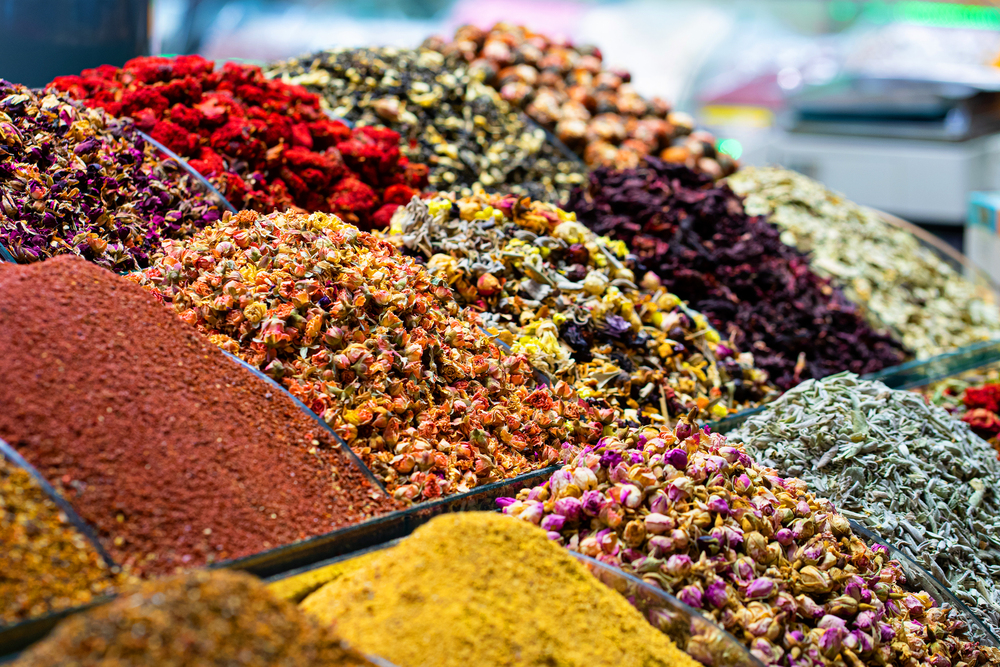
Morocco’s ancient medina assaults the senses with pyramids of ground spices that release their aromas into the narrow passageways. Cinnamon, saffron, turmeric, and dozens of spice blends create layers of fragrance that shift with each step through the market.
Vendors often crush cardamom pods or grate fresh cinnamon bark to entice passing shoppers, adding bursts of concentrated scent to the already perfumed air. The market’s historic underground ventilation system circulates these aromas throughout the labyrinthine streets, creating a scent map that helps navigate the confusing corridors better than any smartphone app.
Lavender Fields of Provence
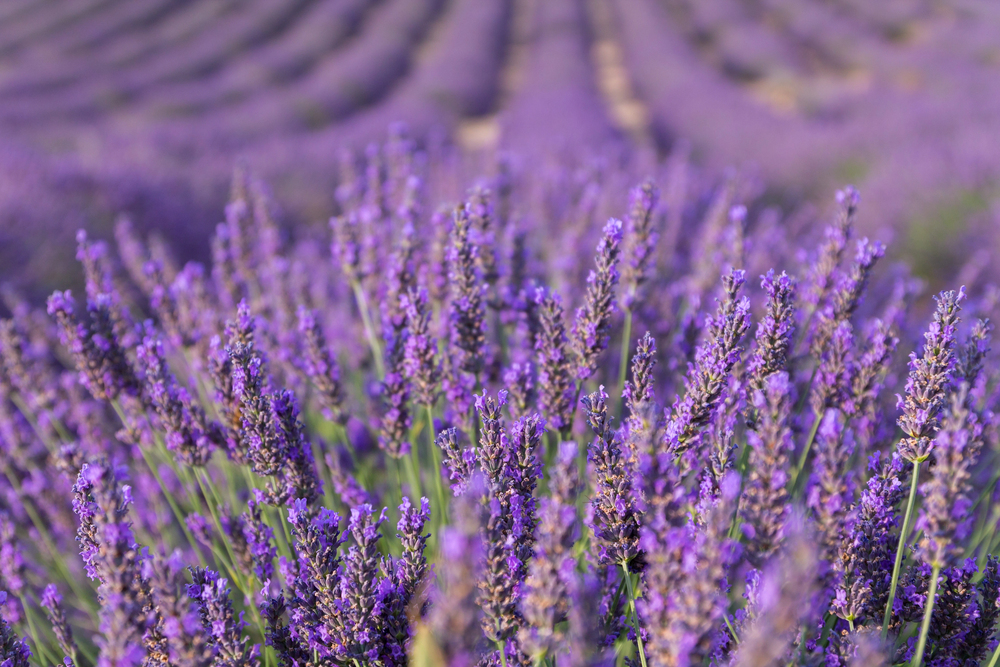
During the summer bloom, southern France’s lavender plantations stretch across rolling hillsides in vibrant purple ribbons that release their distinctive fragrance with each passing breeze. The concentration of essential oils peaks in the afternoon heat, creating an almost visible haze of herbaceous perfume above the flowers.
Local distilleries add another dimension to the experience, as steam-carrying concentrated lavender oil escapes during the extraction process. Scientists have documented reduced stress markers in visitors who spend even short periods amid these fields—evidence of the plant’s famous calming properties working through scent alone.
Like Travel Pug’s content? Follow us on MSN.
Traditional Coffee Farms in Colombia

The Zona Cafetera offers an olfactory journey through coffee production, beginning with the subtle jasmine-like fragrance of coffee flowers that precede the fruit. During harvest, the sweet, fruity scent of ripe coffee cherries fills the air, giving way to the more familiar aroma once processing begins.
The most dramatic moment comes during roasting, when the beans undergo hundreds of chemical changes, releasing the complex fragrance compounds that define coffee’s allure. Even the workers’ hands carry the scent—oils from handling thousands of beans leave an imprint that soap can’t completely wash away.
Yu Gardens’ Osmanthus Trees
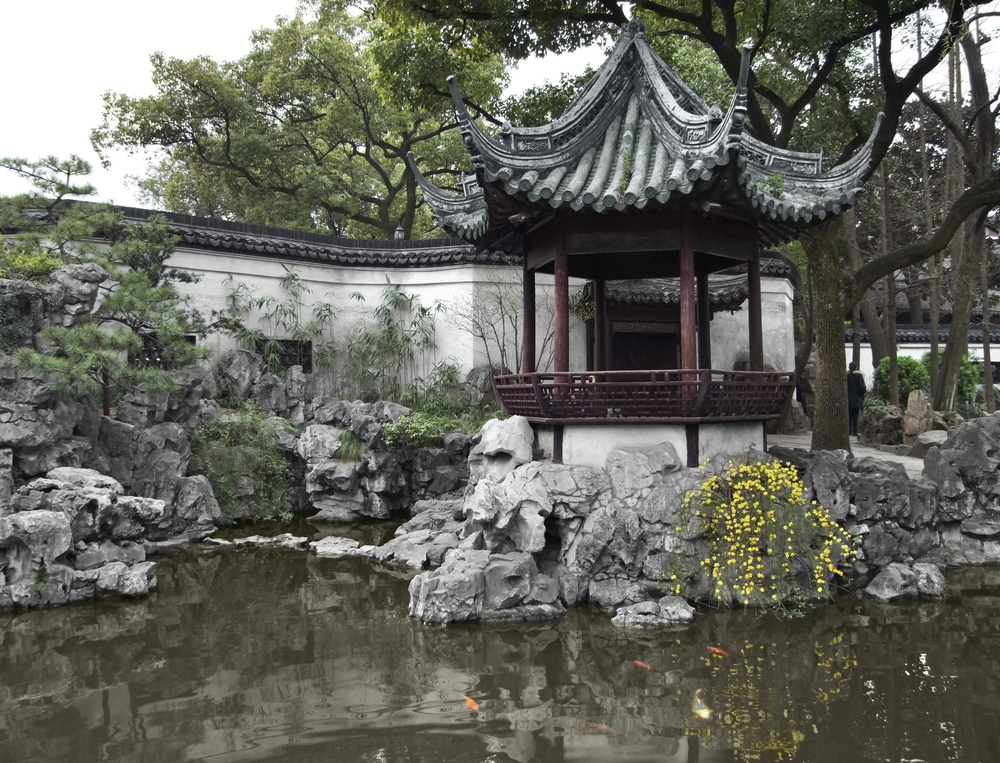
Shanghai’s ancient gardens become perfumed courtyards each autumn when the osmanthus trees burst into bloom with tiny golden flowers. The fragrance combines notes of ripe apricot, jasmine, and leather into an aroma so distinctive that Chinese perfumers have spent centuries trying to capture it synthetically. Traditional teahouses within the gardens serve osmanthus-scented tea and cakes, creating a multi-sensory experience around this celebrated seasonal scent.
Locals mark their calendars for this annual aromatic event, considering it an essential pilgrimage for both the visual and olfactory display.
Cedar Forests of Lebanon

The ancient cedar forests that once covered Mount Lebanon now exist in protected groves where these magnificent trees release their distinctive resinous fragrance. The scent intensifies in the summer heat, when essential oils become more volatile, creating a perceptible change in the air miles before visitors even reach the forests.
Walking among trees that have stood for thousands of years means inhaling a fragrance that has remained unchanged since biblical times—the very aroma referenced in ancient texts. After rainfall, the combination of petrichor and cedar creates a scent so distinct that Lebanese emigrants report powerful homesickness when encountering similar aromas abroad.
Like Travel Pug’s content? Follow us on MSN.
Vanilla Plantations in Madagascar
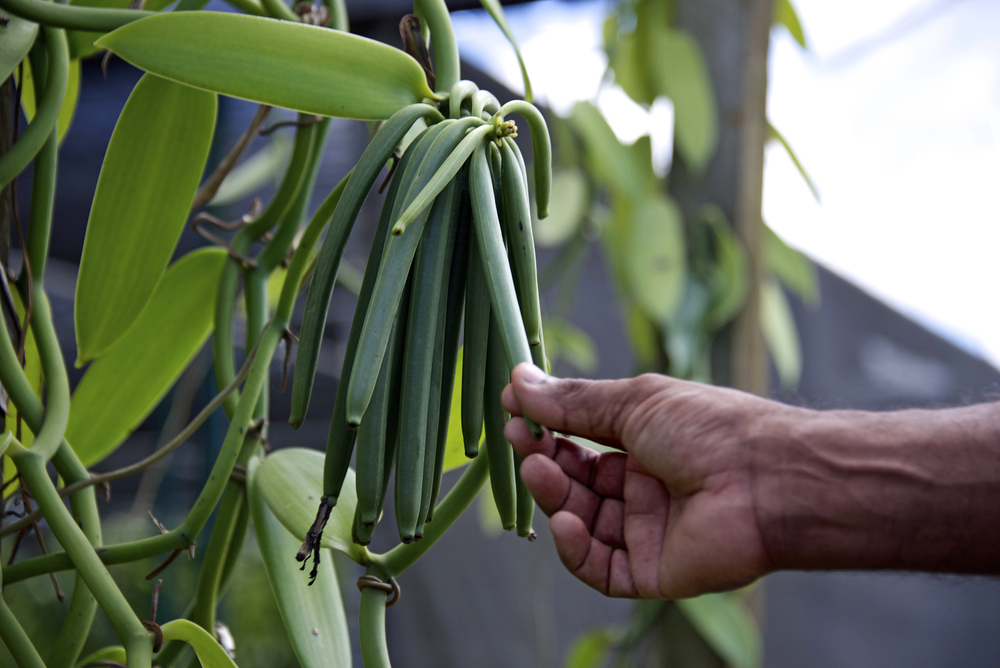
The world’s largest producer of natural vanilla offers visitors the chance to experience this beloved flavor at its source, where the scent bears little resemblance to artificial vanilla products. Freshly harvested green pods have only a faint fragrance until they undergo a months-long curing process that develops hundreds of aromatic compounds.
Curing sheds emit a concentrated vanilla fragrance so rich that workers limit their exposure to prevent sensory fatigue. The surrounding forests benefit from escaped vanilla orchid pollen, resulting in wild areas that carry faint hints of the fragrance—a natural perfume diffuser operating at the ecosystem scale.
Grasse Perfume Fields

France’s perfume capital cultivates thousands of roses, jasmine flowers, lavender, and tuberose in carefully tended fields dedicated to fragrance production. May brings an intoxicating combination as multiple flowers reach peak bloom simultaneously, creating complex layers of scent that change throughout the day.
Early morning harvest activities release intense bursts of fragrance as flowers are gathered when their essential oil content peaks. The town’s processing facilities add another dimension—enormous fans vent air used in the extraction process, carrying concentrated floral molecules throughout the surrounding neighborhoods.
Fynbos Regions of South Africa
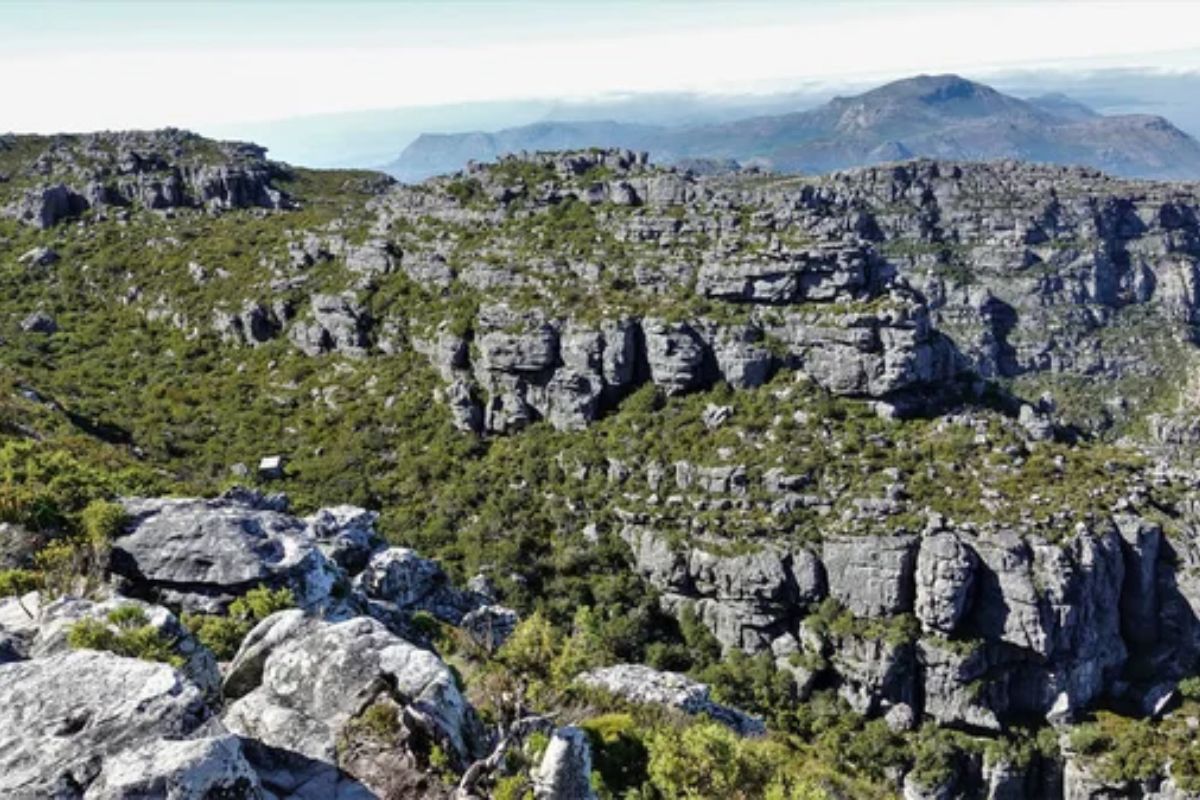
The Cape Floral Kingdom contains one of the earth’s most aromatic ecosystems—the fynbos region harbors over 9,000 plant species, many with strongly scented foliage evolved to withstand drought. Crushing a single leaf between your fingers releases intensely herbal aromas from oils that help these plants conserve water in harsh climates.
After seasonal wildfires—a natural part of the ecosystem—the landscape releases a distinctive honey-like fragrance as certain species respond to smoke chemicals by flowering. Hikers often report being able to identify different mountain trails blindfolded simply by their unique aromatic signatures.
Like Travel Pug’s content? Follow us on MSN.
Drying Fish Villages in Iceland
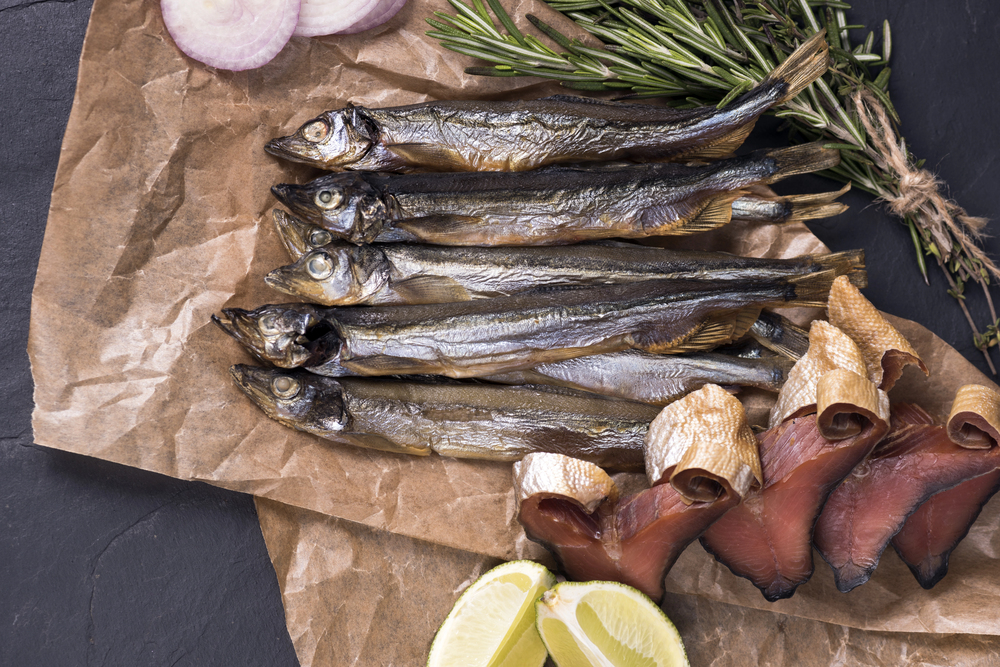
Iceland’s traditional hákarl (fermented shark) might receive attention for its challenging aroma, but the country’s dried fish industry creates a more appealing olfactory landscape in coastal villages. Wooden drying racks extend from oceanside homes, where cod is preserved through wind-drying rather than salt or smoke.
The resulting fragrance combines marine notes with a distinctive nuttiness that develops during the drying process. Locals describe the scent as the smell of food security—a traditional preservation method that historically meant survival through harsh winters. The aroma intensifies on damp days as moisture temporarily rehydrates the outer surfaces of the drying fish.
Nong Khai Fruit Markets
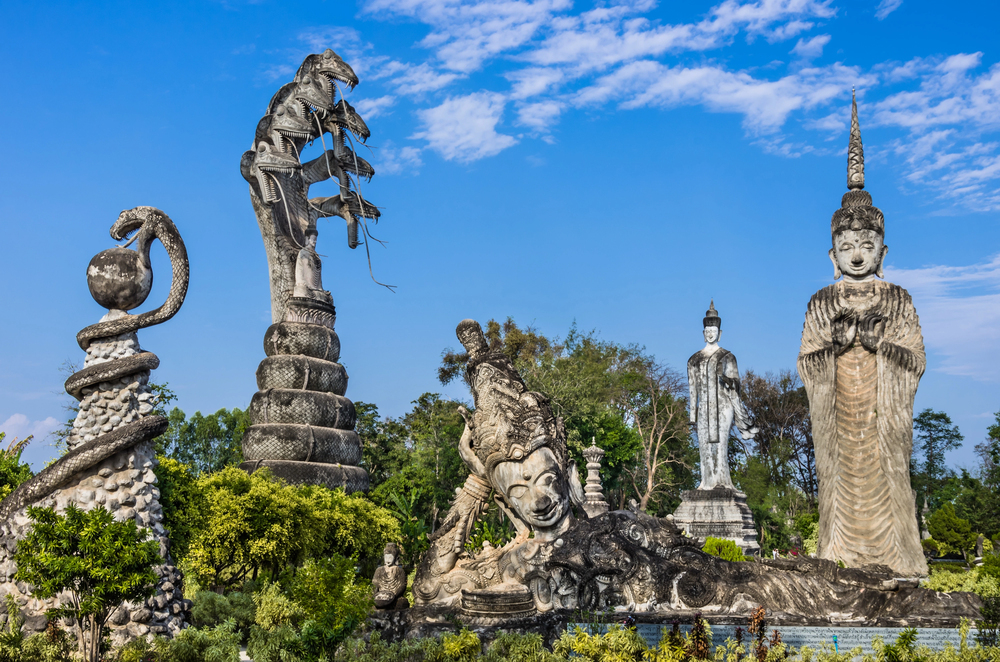
This Thai city near the Laos border hosts markets where durian, mangosteen, jackfruit, and dozens of tropical fruits create an aromatic symphony unlike anywhere else. Unlike Western markets, where refrigeration minimizes fragrance, these open-air stalls proudly display perfectly ripened fruit at the peak of their aromatic expression.
The controversial durian dominates initially, but beyond its powerful presence, discerning visitors discover layers of fragrance—from the subtle floral notes of dragon fruit to the sweet perfume of rambutan. Vendors strategically arrange their displays to create fragrance journeys that draw customers through the entire market.
Old Books at Oxford’s Bodleian Library
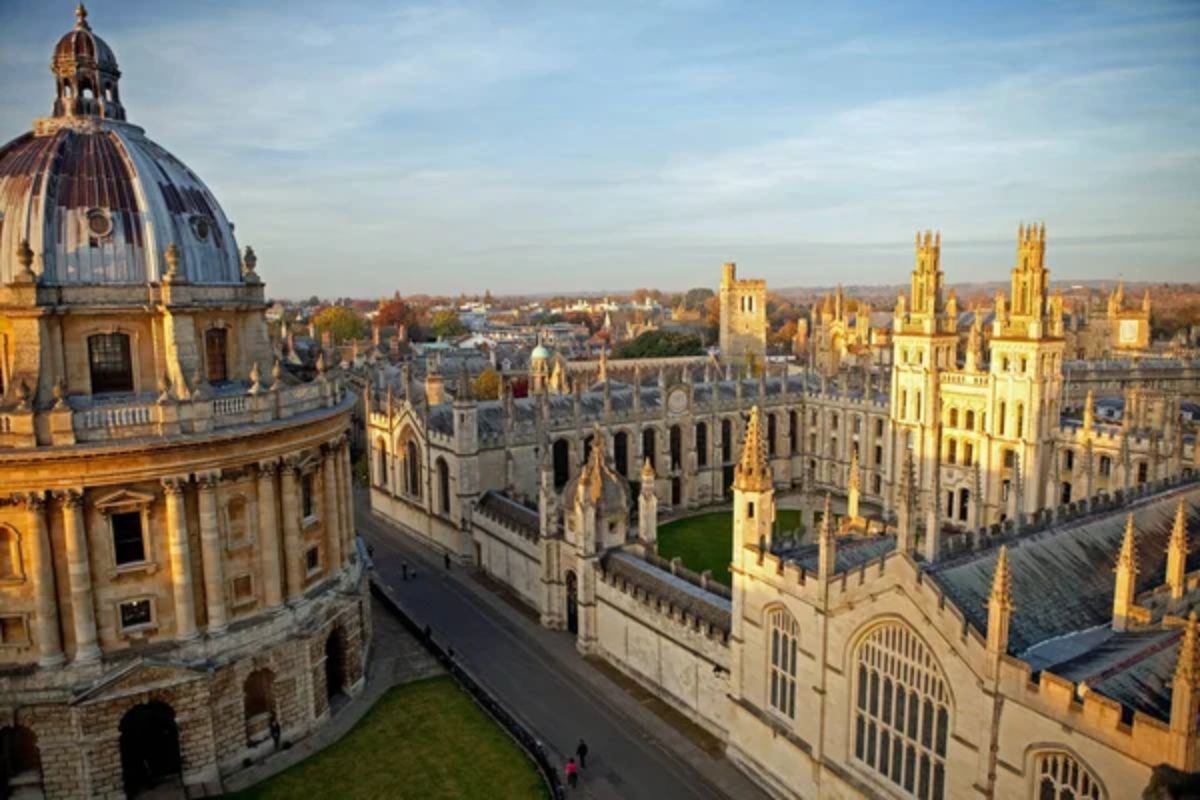
The ancient reading rooms of this historic library house millions of volumes whose pages release complex aromas combining paper degradation compounds, binding glues, and leather treatments used across centuries. The distinctive “old book smell” contains hundreds of volatile organic compounds, including vanillin and benzaldehyde, which create notes reminiscent of almonds and vanilla.
The library’s climate control systems—designed to preserve these precious volumes—inadvertently create perfect conditions for these aromatic compounds to linger in the air. Longtime librarians report being able to identify different collection rooms by their subtle olfactory signatures.
Like Travel Pug’s content? Follow us on MSN.
Agave Roasting Pits in Oaxaca
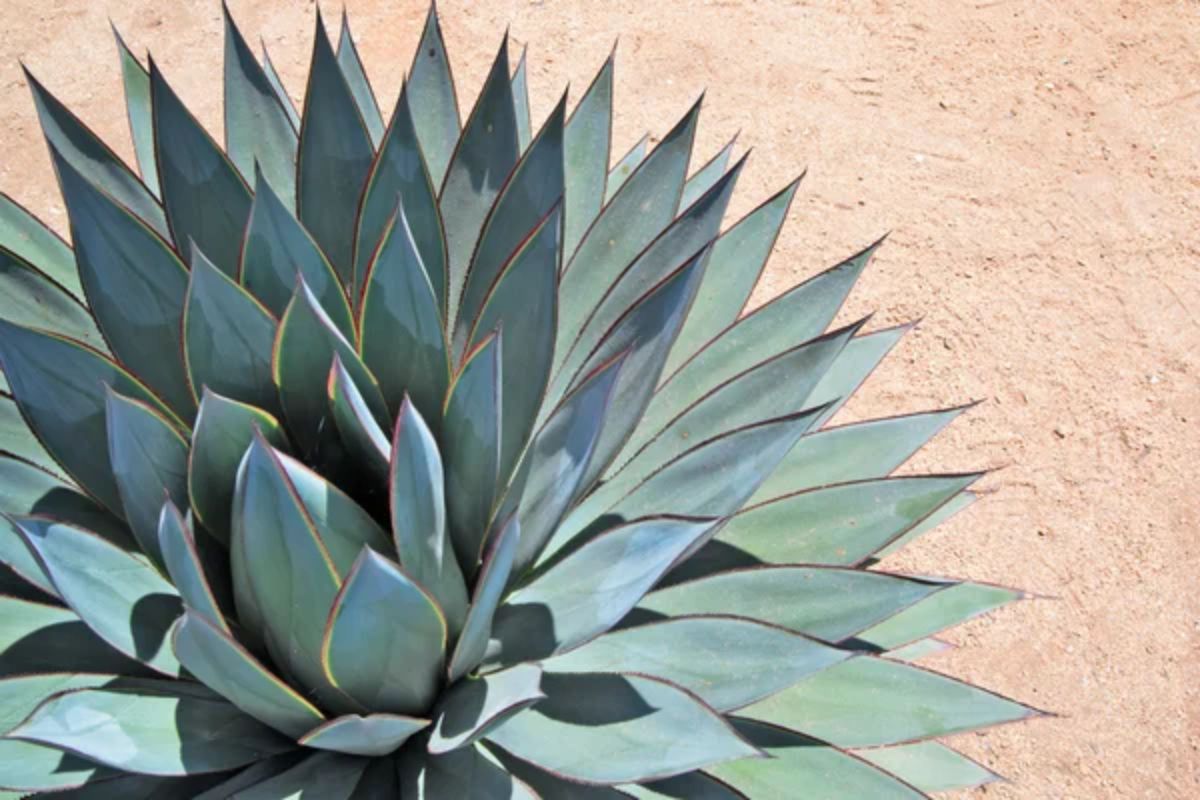
Traditional mezcal production begins by roasting agave hearts in stone-lined pits filled with hot rocks, local hardwoods, and sometimes fruits or herbs that impart subtle flavoring notes. The earthen-covered pits release thin plumes of sweet, caramelized plant sugars mixed with woodsmoke that can be detected throughout the surrounding villages.
This distinctive aroma has marked mezcal-producing regions for centuries, becoming so embedded in local identity that families often schedule important celebrations when the pits are active, incorporating the fragrance into their memories of significant life events. Distillery tours allow visitors to experience each aromatic stage of production.
Fresh Bread in Paris Bakeries
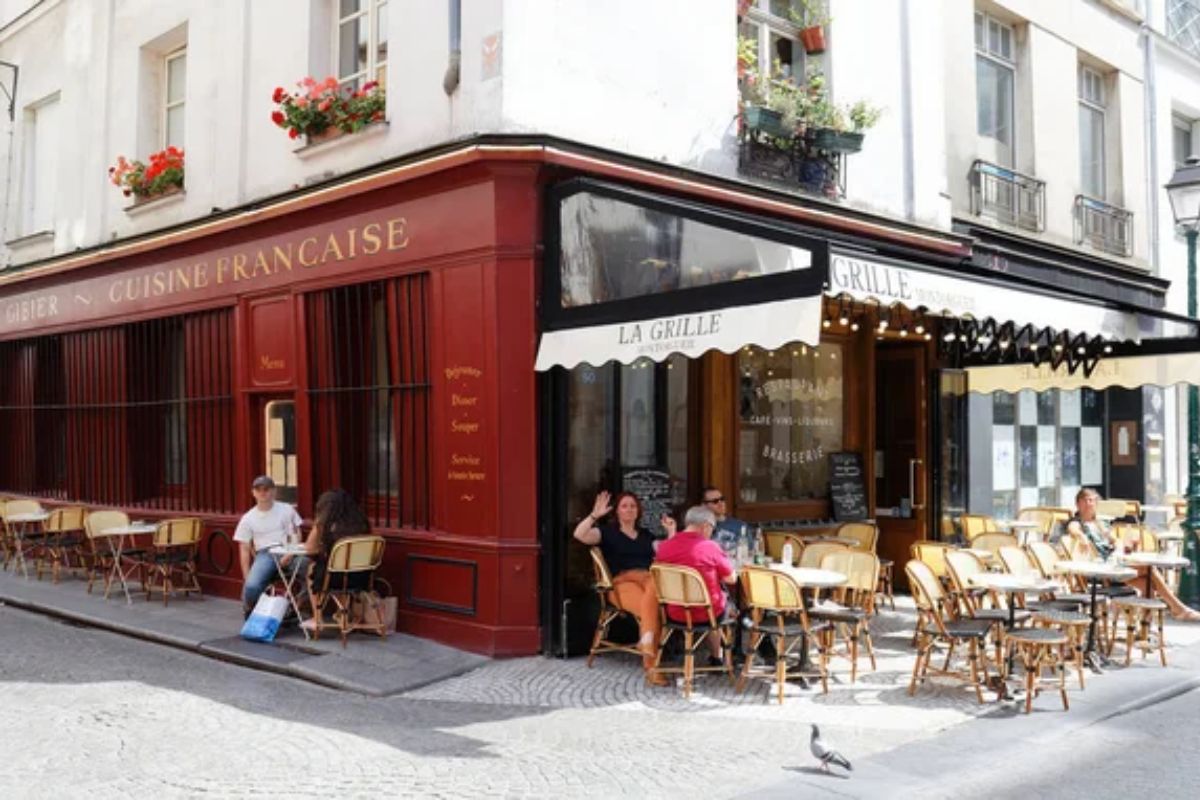
The French capital’s 1,000+ bakeries create an invisible aromatic map as they produce fresh bread throughout the day, with the highest concentration of yeasty, toasty aromas occurring during the pre-dawn baking sessions. The government’s strict regulations regarding what constitutes traditional baguettes—including specific fermentation methods—inadvertently standardize the olfactory experience across the city.
Morning customers often report following their noses to find new neighborhood bakeries without consulting maps. The distinctive aroma even influences real estate values, with apartments near renowned bakeries commanding premium prices partly for their aromatic environment.
Eucalyptus Forests in the Blue Mountains
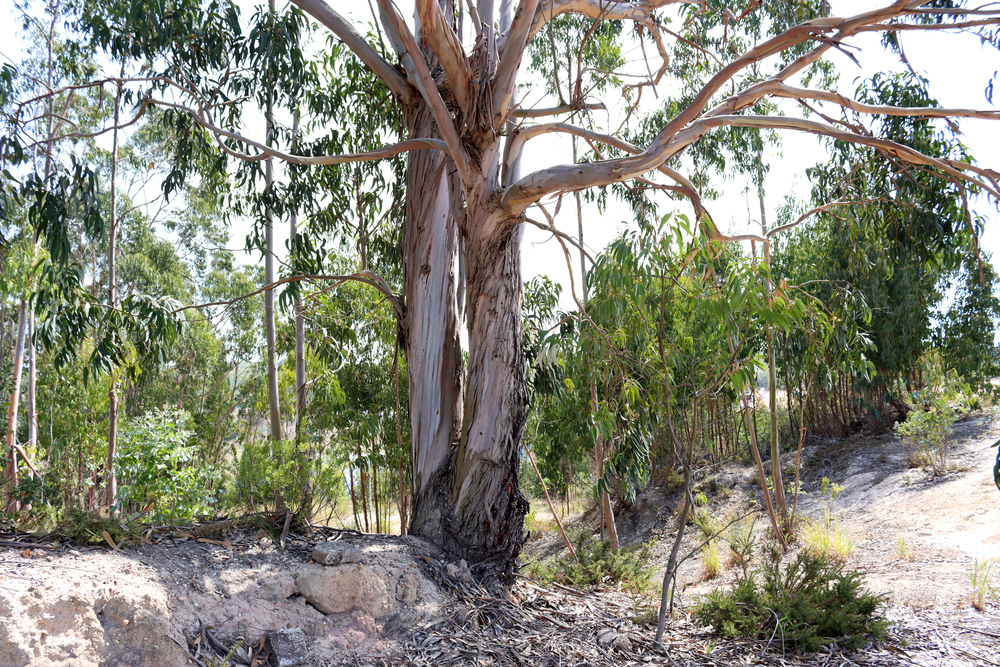
Australia’s famous mountain range gets its distinctive blue haze from millions of eucalyptus trees releasing volatile essential oils that scatter short-wavelength light rays. The resulting fragrance—intensely medicinal yet refreshing—becomes particularly pronounced during summer heat when the trees release more oils as a natural cooling mechanism.
After rainfall, the combination of petrichor with eucalyptus creates an aroma so distinctive that it’s been bottled as an “Australian rain” fragrance. Indigenous Australians have used these aromatic leaves medicinally for thousands of years, identifying subtle differences between species that modern perfumers are only now beginning to catalog fully.
Like Travel Pug’s content? Follow us on MSN.
Byodo-in Temple Gardens
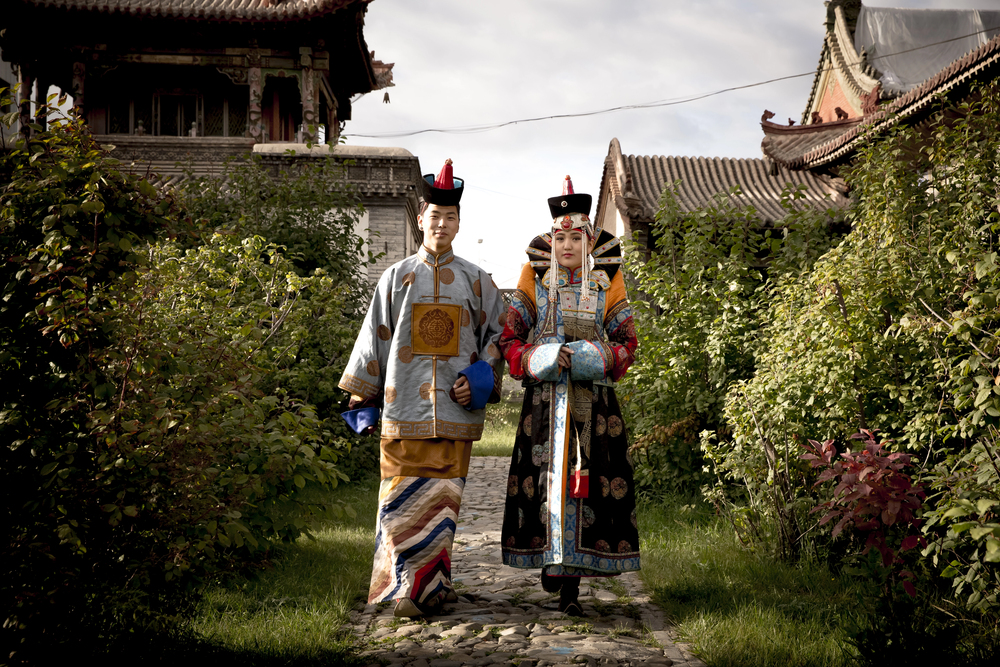
Japan’s famous temple in Uji surrounds visitors with carefully orchestrated natural fragrances that change with the seasons—from spring plum blossoms to summer lotus flowers in the reflecting ponds. The most distinctive aromatic experience comes from the temple’s aged hinoki cypress wood, which releases its characteristic lemony, spicy fragrance, particularly on humid days.
Incense ceremonies add another layer with precisely formulated blends that have remained unchanged for centuries. Temple architects deliberately incorporated covered walkways that capture and concentrate these fragrances, creating contemplative spaces where scent enhances spiritual practice.
Sensory Souvenirs
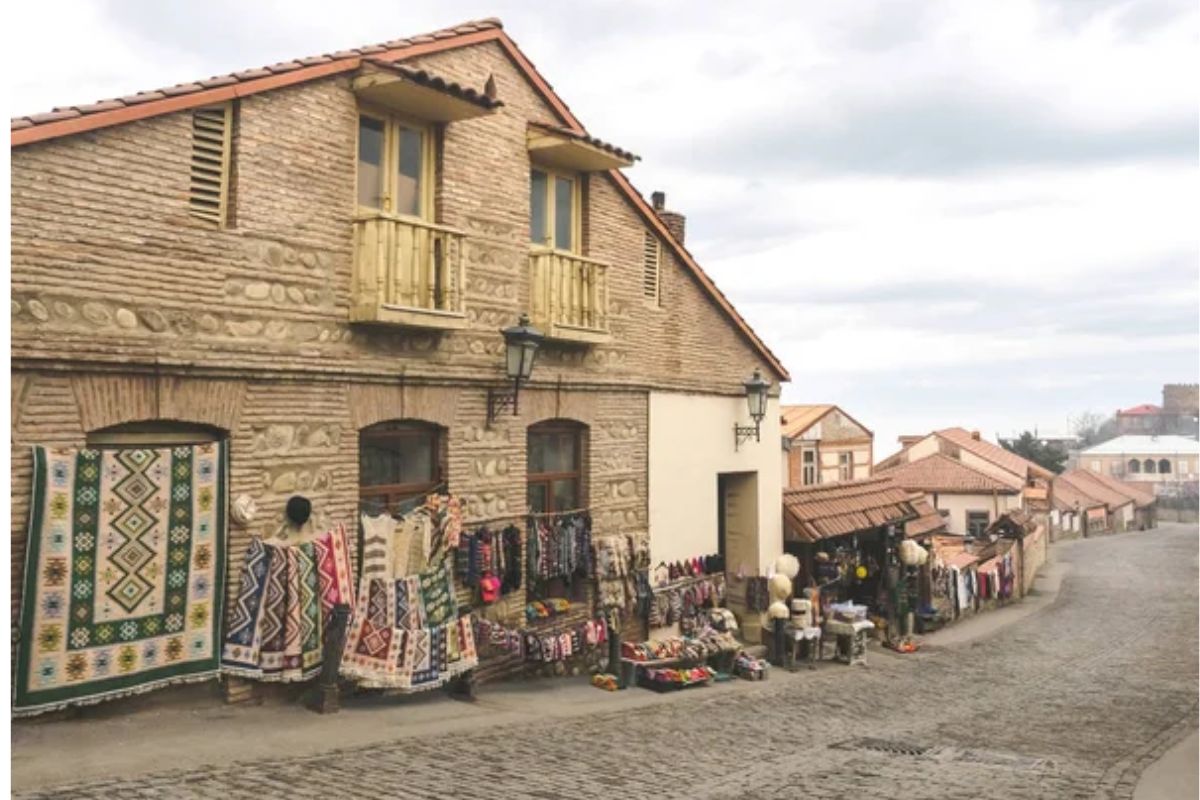
These fragrant destinations remind us that some of travel’s most profound experiences can’t be captured in photographs or recordings. The distinctive aromas of particular places become embedded in our memory, capable of transporting us back years later with surprising clarity.
Modern science confirms what travelers have always known intuitively—our sense of smell connects directly to emotional memory in ways our other senses cannot match. Perhaps this explains why catching an unexpected whiff of the spice market, old books, or salt air can momentarily dissolve the boundaries between past and present, allowing us to revisit our most treasured journeys through invisible molecules in the air.
More from Travel Pug

- Cities Growing so Fast You Won’t Recognize Them in 10 Years
- 13 Destinations Where Tourists Regularly Regret Their Trip
- 20 Obscure WWII Sites Even History Buffs Don’t Know About
- 10 Under-the-Radar Mountain Towns That Are Both Affordable and Beautiful
- 20 Abandoned Places That Feel Like Real-Life Post-Apocalyptic Movie Sets
Like Travel Pug’s content? Follow us on MSN.
